In Nigeria’s rapidly expanding market, the demand for efficient transportation of Liquefied Petroleum Gas (LPG) is unrivaled. As a premier manufacturer of semi-trailers, we at CarMax Vehicle recognize the urgency of providing high-quality LPG gas tankers designed to cater to both local and international needs. This article delves into the intricacies of LPG gas tanker pricing, outlining essential factors influencing costs, exploring features that enhance productivity, and ultimately guiding potential buyers towards making informed decisions.
Understanding LPG Gas Tanker Pricing
Key Factors Influencing LPG Gas Tanker Prices
Purchasing an LPG gas tanker in Nigeria involves various considerations. The price can fluctuate significantly based on a multitude of factors, including:
| Factor | Description |
|---|---|
| Size and Capacity | The size of the tanker greatly influences its price. Larger tankers with greater capacity are typically more expensive due to the additional materials and engineering required. |
| Material | The construction material—commonly steel or aluminum—affects the durability and weight, impacting the overall cost. |
| Loading and Unloading Mechanisms | Innovative mechanisms such as automated or specialized pumps increase efficiency but can also elevate the initial investment. |
| Regulatory Compliance | Adherence to safety standards and regulations adds to the cost, but is crucial for securing licenses and insurance. |
| Manufacturer Reputation | Well-established manufacturers such as CarMax Vehicle command higher prices due to their proven reliability, quality assurance, and customer service. |
| Customization | Tailored features are an obvious cost consideration. Custom designs offer specific operational advantages at an additional cost. |

Average Pricing Overview
To give potential buyers a clearer picture of what to expect:
- Small LPG gas tankers (5,000 – 10,000 liters): Generally priced between ₦5,000,000 to ₦10,000,000.
- Medium LPG gas tankers (10,000 – 20,000 liters): Typically available for ₦10,000,000 to ₦20,000,000.
- Large LPG gas tankers (20,000 liters and above): Prices can range from ₦20,000,000 to ₦50,000,000 depending on specifications and features.
Features to Look for in LPG Gas Tankers
When investing in an LPG gas tanker, various features can significantly impact its efficiency, safety, and profitability.
Safety Features
Safety is paramount in the transportation of hazardous materials. Key safety features include:
- Overfill Protection System: Prevents accidental overfilling during the loading process.
- Pressure Relief Valves: Essential for releasing excess pressure, safeguarding the tanker against potential explosions.
- Fire Suppression Systems: Automatic systems designed to extinguish fires quickly to minimize damage.

Structural Integrity
The durability of an LPG gas tanker is crucial for long-term investment. Consider the following structural attributes:
- Corrosion-Resistant Coating: Protects the tanker from environmental elements, extending its lifespan.
- Reinforced Chassis: Enhances the tanker’s structural strength, ensuring that it can withstand heavy loads without compromising integrity.
Efficiency Features
Efficiency means lower operational costs. Look for:
- Aerodynamic Design: Reduces drag, contributing to better fuel consumption.
- Modular Tank Design: Allows for ease of repair and maintenance, reducing downtime.
The Market Landscape in Nigeria
Nigeria’s LPG distribution network is burgeoning, reflecting an increasing governmental push towards utilizing cleaner energy sources. The expansion of LPG infrastructure—refineries, storage facilities, and distribution networks—aligns with the rising consumer awareness of the benefits of LPG.

Demand Dynamics
The demand for LPG tankers directly correlates with the gas distribution market’s expansion. Factors contributing to this demand include:
- Increased Domestic Cooking Gas Usage: More Nigerian households are shifting towards LPG for cooking, requiring an efficient distribution mechanism.
- Commercial Applications: Industries are progressively adopting LPG for power generation and various industrial processes.
- Export Opportunities: With Nigeria’s strategic location, LPG exports to nearby countries open vast market potential, necessitating a robust fleet of gas tankers.
Challenges Faced by LPG Transporters
While the market holds immense promise, transporters encounter several challenges:
- Regulatory Hurdles: Compliance with evolving safety regulations can be cumbersome.
- Logistical Issues: The need for effective coordination across distribution points remains a challenge.
- Infrastructure Deficits: Limited storage and distribution infrastructure can undermine operations, necessitating a focus on strategic investments in reliable vehicles and facilities.
The Buying Process: Step-by-Step
Acquiring an LPG gas tanker requires careful planning and execution. We have outlined a systematic approach to streamline your purchase:

Step 1: Conduct Market Research
Identify the specific LPG gas tanker that meets your operational needs. Analyze various manufacturers, focusing on their offerings, reputation, and customer reviews.
Step 2: Determine Budget & Financing Options
Set a budget that encompasses the purchase price, additional features, and long-term maintenance costs. Explore financing options and grants available to business owners in the LPG sector in Nigeria.
Step 3: Select a Reputable Manufacturer
Engage with well-regarded manufacturers such as CarMax Vehicle. Evaluate their after-sales services, warranty, and support systems.

Step 4: Review Technical Specifications
Ensure that the tanker you intend to purchase possesses all necessary safety features and adheres to industry-specific regulations.
Step 5: Negotiate Price
Once you have decided on a specific model, engage in price negotiations. Utilize your market research and knowledge of alternative options to secure the best deal.
Step 6: Arrange for Delivery and Inspection
After procurement, arrange for transportation and delivery of the tanker to your operational site. Conduct a thorough inspection upon receipt to ensure compliance with the agreed specifications.

Conclusion
The market for LPG gas tankers in Nigeria is continuing to expand, driven by regulatory shifts and increased demand for cleaner energy sources. By understanding the pricing dynamics, essential features, and robust buying processes, you can make a facilitated purchasing decision. CarMax Vehicle is dedicated to providing high-quality LPG tankers that meet the rigorous demands of the Nigerian market. For partners seeking durability, efficiency, and safety, it is vital to select tankers that not only fulfill your immediate needs but also ensure long-term operational success.
FAQs
1. What is the average lifespan of an LPG gas tanker?
An LPG gas tanker can have a lifespan of 15-20 years with proper maintenance and adherence to safety standards.
2. Are there financing options available for purchasing LPG gas tankers?
Yes, many financial institutions offer specialized loans for purchasing commercial vehicles, including LPG gas tankers.
3. How do I ensure the tanker meets safety regulations?
Always work with reputable manufacturers who can provide certification that their vehicles meet local and international safety standards.
4. What are the maintenance requirements for LPG gas tankers?
Regular inspections and maintenance of valves, pressure systems, and overall structural integrity are crucial. Appoint qualified technicians for periodic checks to ensure compliance and safety.


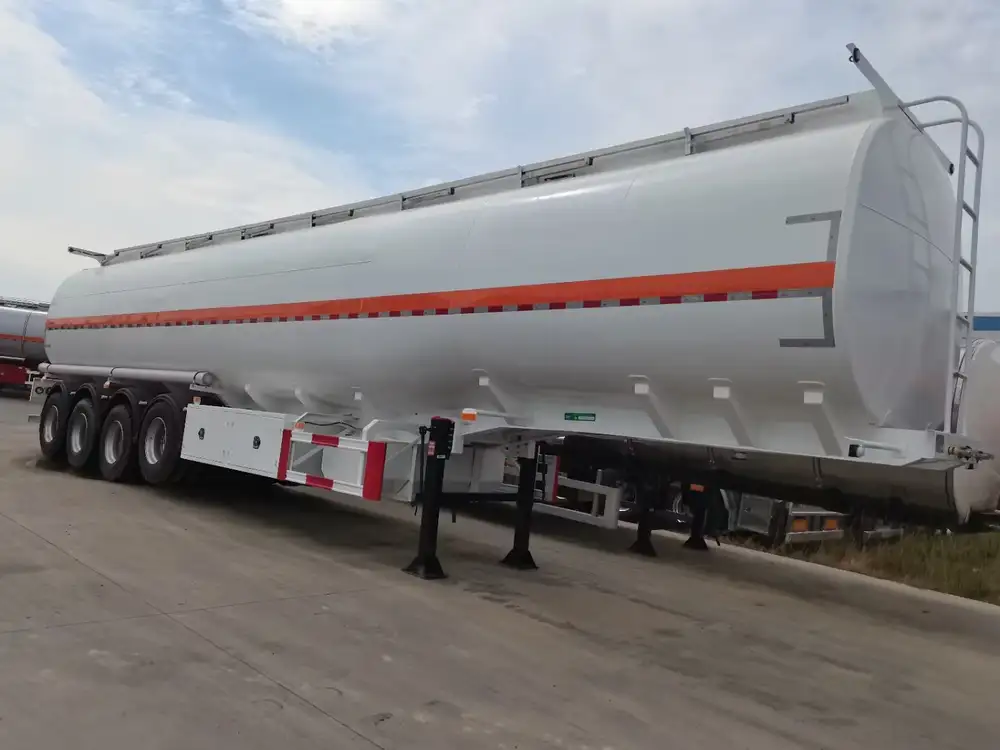
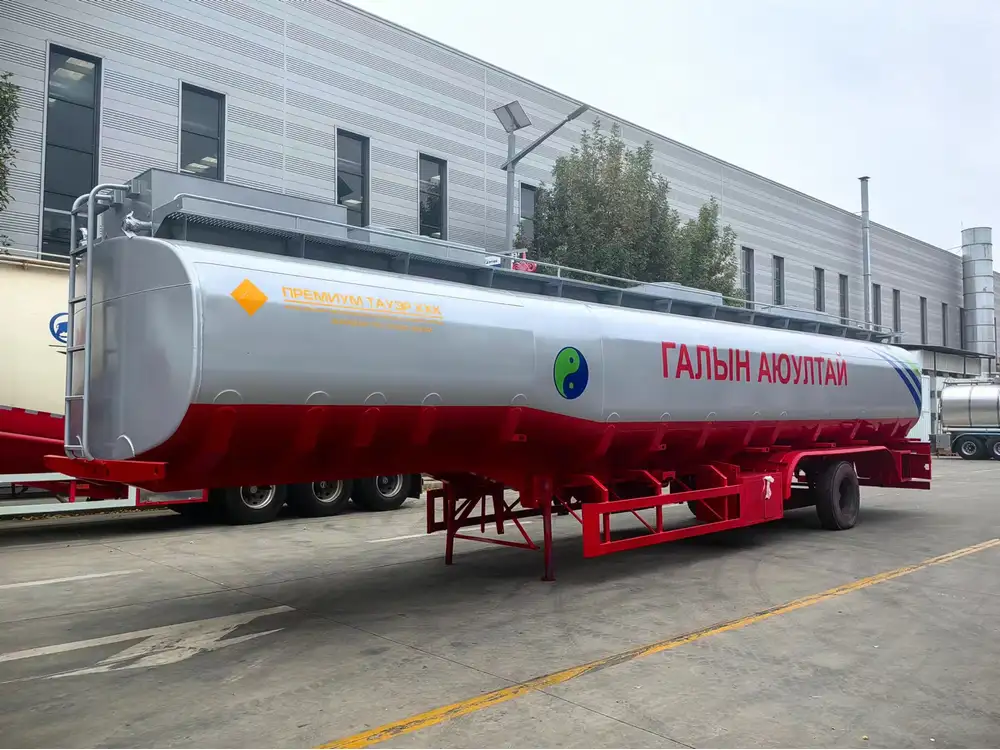
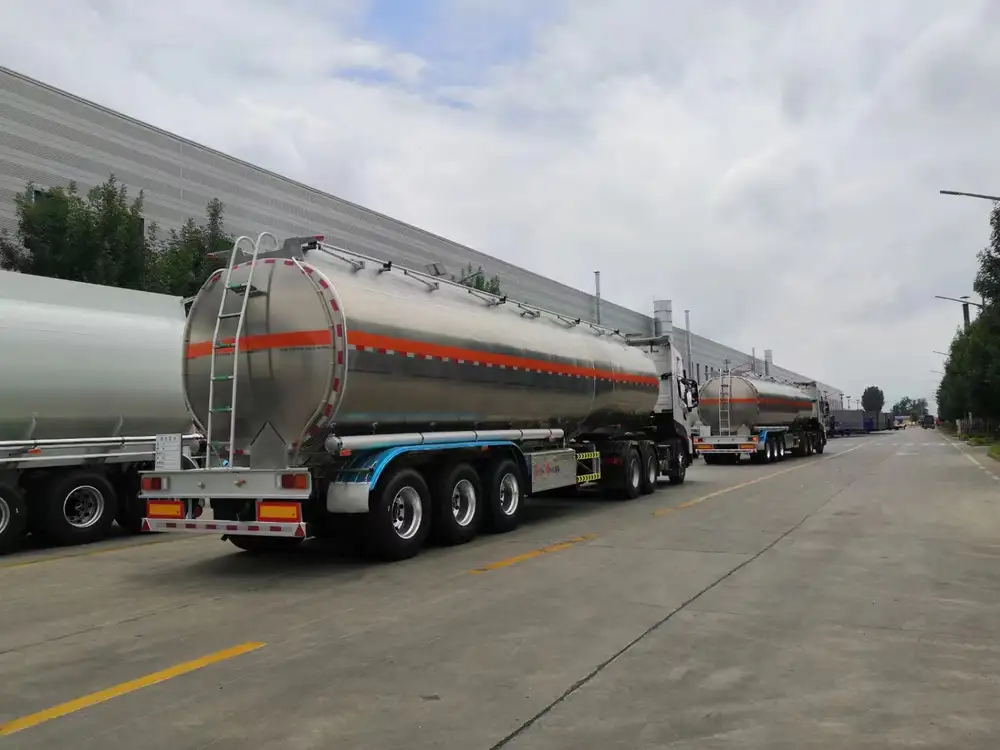
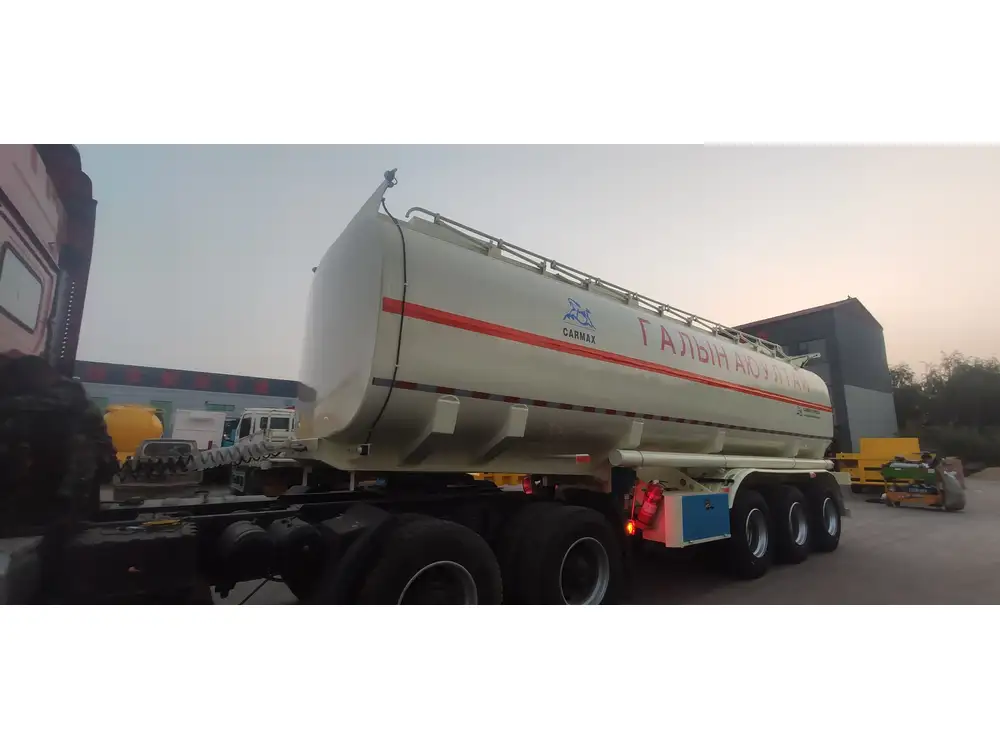
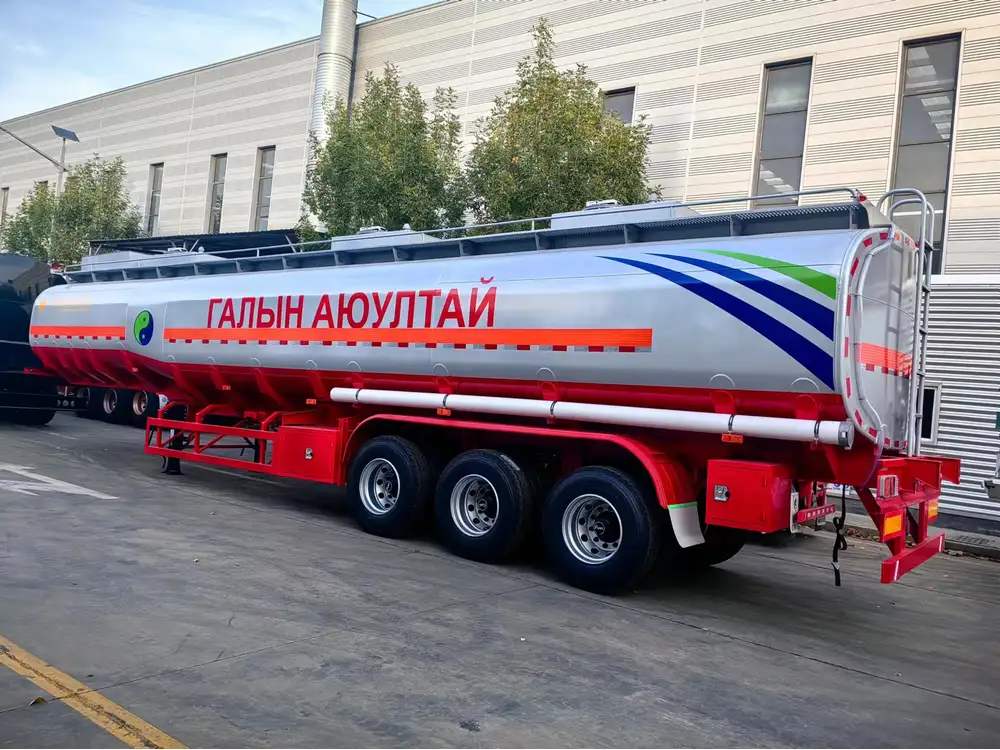






Reviews
There are no reviews yet.